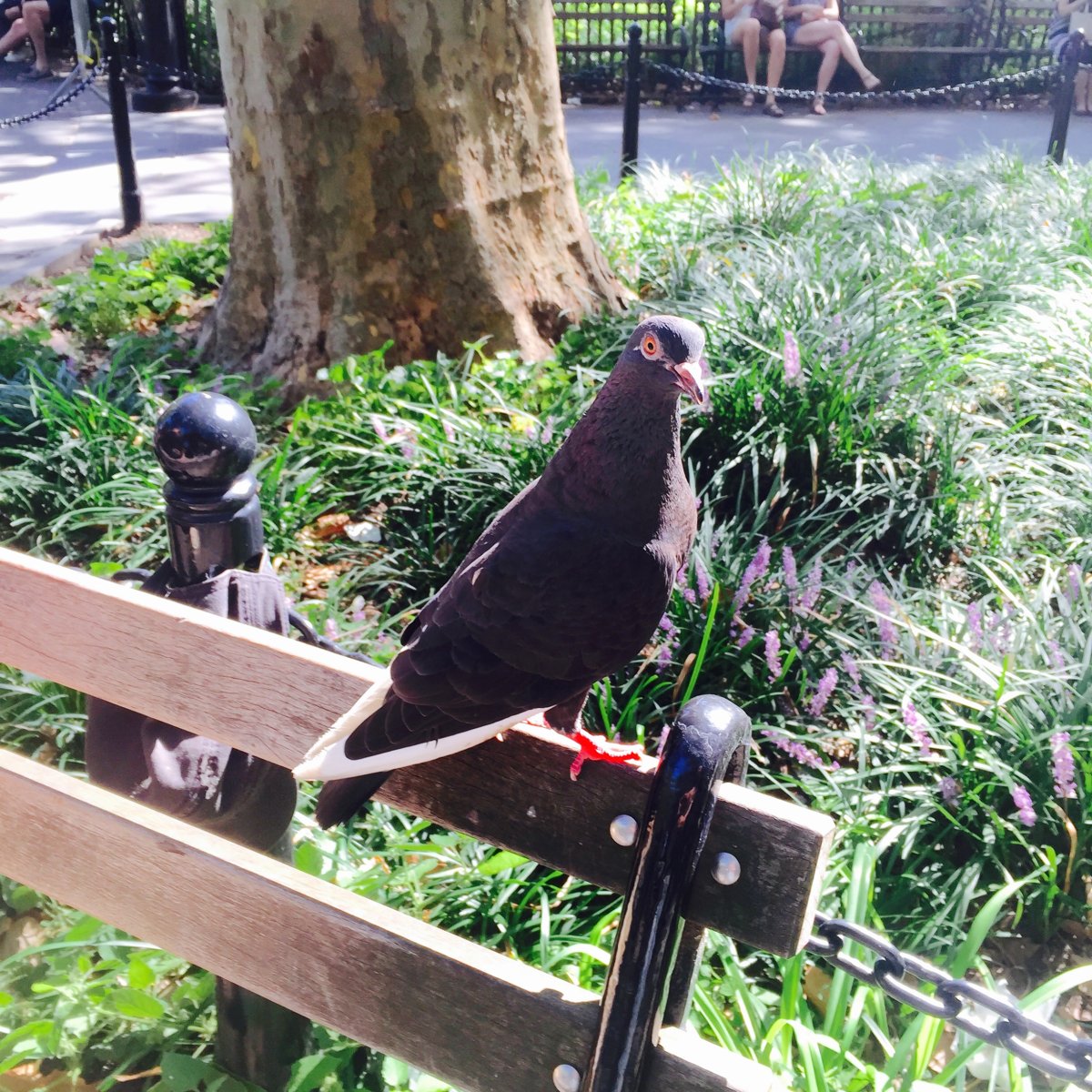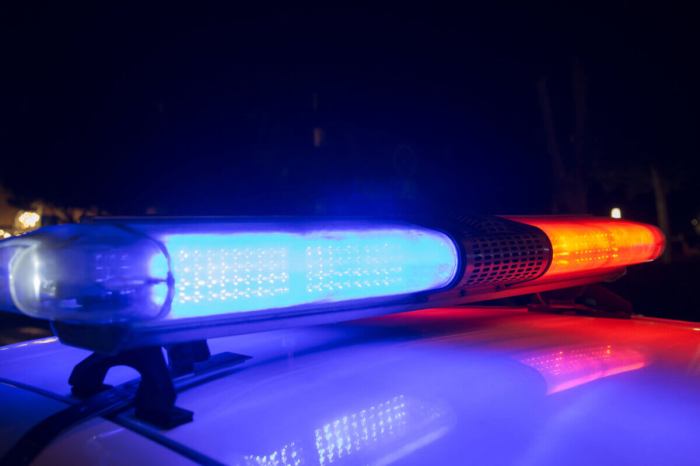BY GEORGIA SILVERA SEAMANS | As I wrote this report, last month, about Washington Square Park, this treasured green space was blooming with cherries, crabapples and magnolias. Year-round and migrating birds were foraging, nesting and resting in the park.
Smaller animals are also present; we are seeing butterflies and flies in greater numbers in the park. The idea for Washington Square Park Eco Projects germinated more than four years ago with a mission to showcase and celebrate the nature of the park. WSP Eco Projects formally launched in 2014 after a successful fundraising campaign on ioby.org.

Our first goal was to map all the trees in the park and the historic and modern routes of Minetta Brook, a stream that used to run aboveground from its confluence at W. 11th and W. 12th Sts. between Fifth and Sixth Aves. through the park, and then southwest to empty into the Hudson River at present-day Charlton St.
There are more than 300 trees in the park. The WSP Eco Map does not show the locations of shrubs or herbaceous perennials, though recently some of this data was captured via iNaturalist during the City Nature Challenge 2017.
Since the map’s launch, we have expanded the scope of our work. We offer park-based educational programming, which has included the 2014 Family Nature Scavenger Hunt and seasonal tree walks in 2014 and 2015. We partner with local nonprofits and large institutions on programming, too.
Last fall, we co-sponsored an oak planting workshop and a winter tree walk with the park’s conservancy. We curated a cube of nature picture books and field guides for the Uni Project, which set up a reading room in the park in September. Authors and publishers donated most of the books in our collection.
We also contributed an ecology game to the reading cart, a Nature Bingo Card designed for us by The Bird Feed NYC. It is a great game and we will bring it back to the park this year. We also engage in research. With a permit granted by the city Parks Department’s Natural Resources Group, we are in year two of a wildlife survey.
The Parks Department permitted Observing Wildlife Longitudinally in Washington Square Park in April 2016. WSPEco Projects surveyed wildlife in the park between August and December 2016. Wildlife seen within the park’s boundaries were formally recorded. Birds that were merely heard, flew overhead or were observed outside the park, as well as wildlife that were neither bird, nor squirrel, nor rodent (such as, butterflies) were not officially recorded.
Also not counted were birds or squirrels that had flocked around a human providing food. The Eco Projects surveyors walked the same continuous loop through the park a total of seven times in 2016 and recorded 33 different bird species, totaling 1,157 individuals. The greatest number of individual birds (350) was recorded on Aug. 31. The greatest number of species recorded on a single checklist was 15 on Oct. 13. The species observed most often was the house sparrow (403 across seven checklists) followed by the rock pigeon (383 across seven checklists). The least-observed species — one individual in each instance — were the American kestrel, brown creeper, winter wren, Carolina wren, golden-crowned kinglet, Swainson’s thrush, magnolia warbler and swamp sparrow. House finches were only observed on one date, Dec. 31, when nine were spotted. A single hermit thrush was spotted on two separate dates.
Our permit was renewed in time for the 2017 spring migratory season! So far, we have completed two survey walks. In addition to common species such as the American robin, house sparrows, and rock doves (pigeons), we spotted dark-eyed juncos and song sparrows. We have noticed more European starlings in the park than we did during 2016 survey.
A red-tailed hawk was spotted once on our first walk of the season, though the nesting pair is active. There are two eyases (baby hawks) in the nest. Check out the live hawk cam at https://www.ustream.tv/channel/e3uYJSDgmbz. We expect and hope to see a variety of warblers, thrushes, wrens, woodpeckers, chickadees, etc. Please let us know what you are seeing in the park. You can log your animal and plant observations in at several places, including eBird or via iNaturalist, where we have two project pages (WSP Wildlife Observations and WSP Plants & Fungi). If you use social media, tag us @wspecoprojects.
WSP Eco Projects in partnership with the Washington Square Park Blog has already hosted one event this spring: a Natural and Social History Awareness Tour on May 5, as part of Jane’s Walk 2017. Guided Nature Bingo is coming up on June 4, as part of the World Science Festival 2017. Look for our pop-up library; we’ll announce the hours and locations on social media. Also, we hope to roll out our Urban Wildlife Education Boxes soon.
Washington Square Park is is beloved by local residents and on the New York City to-do list of many tourists. It is also a bio-diverse green space that provides numerous environmental benefits — to nonhuman animals and people alike — and should be stewarded to improve its ecological performance.
For more information, visit www.wspecoprojects.org or e-mail wspecoprojects@gmail.com .
Silvera Seamans is director and co-founder, Washington Square Park Eco Projects

































